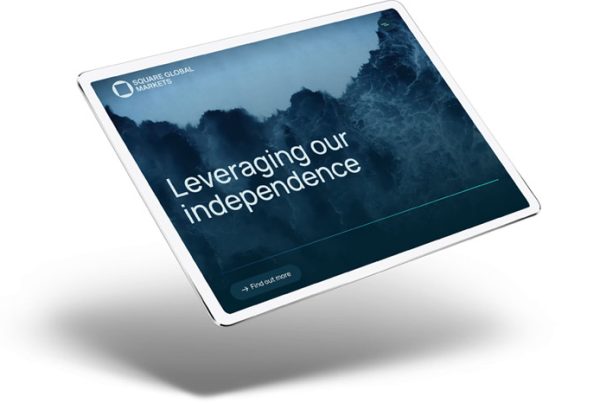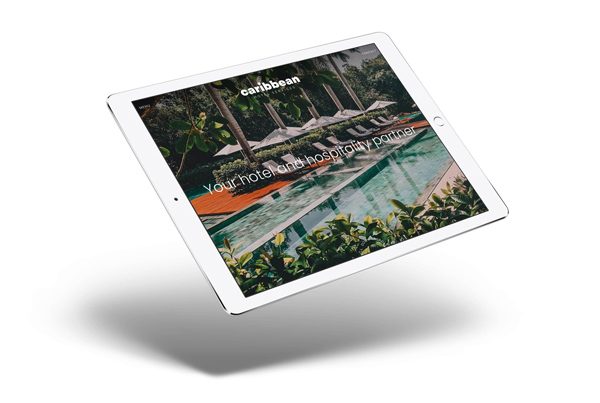AI imagery allows almost anyone to create digital artwork in a fraction of the time it would take using traditional methods. You simply type a descriptive text prompt and the AI tool generates the image you want.
In this article, we will talk about how AI imagery is transforming the world of creativity and web design. How it’s making it faster and easier to create digital art, as well as the new possibilities it opens up. But there are also some challenges that come with this shift – like copyright concerns and if AI-generated art can truly be called “art.”
Related Articles:
What is AI imagery?
AI imagery means any artwork that has been created, edited or enhanced using AI tools. AI-generated imagery is a rapidly growing form of digital art taking the internet by storm. With the rise of open-access apps, people can now create their own artwork with just the click of a button.
AI-generated imagery can create surprisingly good results, even capturing the unique styles of well-known artists, depending on the algorithm it uses. We used an AI art generator to create an image based on the prompt: “A painting of a dog in a forest with vibrant colours.” In just a few minutes, we got several digital paintings filled with bold brushstrokes and vibrant colours.
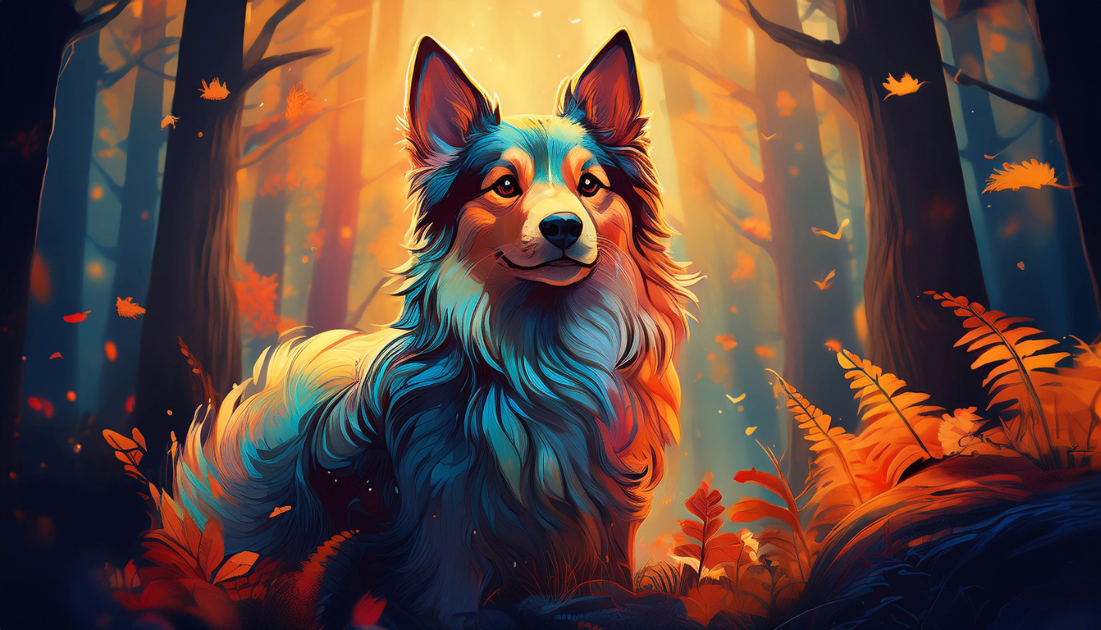
How AI imagery is created
This process involves training an algorithm with huge amounts of data, including artworks created by human artists and images of people, places and objects. The AI learns patterns, styles and details from this data. If you have ever shared a photo on the internet, it might have helped train the AI. When a user enters a prompt, the AI scans its dataset and creates a digital image that closely matches the given description.
Concerns over plagiarism and ownership
Plagiarism is a real concern for many artists since their work is used to train AI algorithms and can end up being copied in the art created by these tools. AI doesn’t just look at art and create something entirely new. Instead it analyses and samples existing works from various artists, then combines those elements to produce something different. In other words the AI takes inspiration from many sources and blends them together to create a new piece.
Copyright and ownership of AI-generated imagery are still unclear with ongoing debates about who holds the rights – the user who created the prompt, the AI company or the artists whose work was used for training. Some platforms give users full rights to their AI-generated art, while others keep partial or complete ownership. As AI technology advances, there is increasing demand for clearer protections and guidelines.
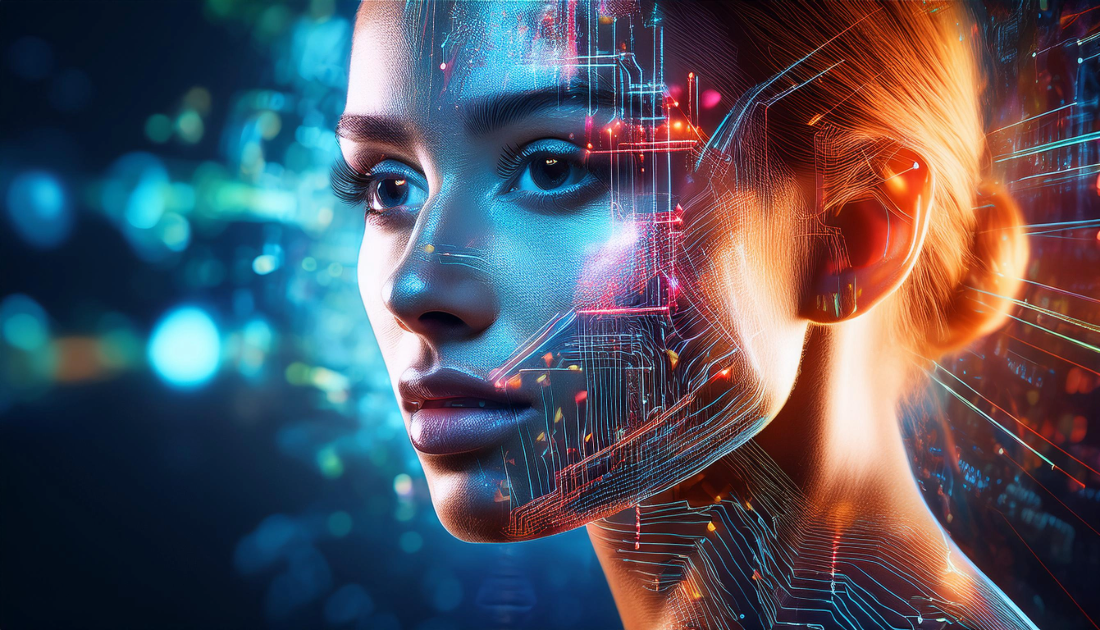
Examples of AI imagery generators
As you start exploring AI-generated art, you might be curious to try out an AI imagery generator and see where your creativity takes you. There are tons of options out there for creating images. Here are a few of the most popular ones:
Midjourney
DALL-E 3
Stable Diffusion
Adobe Express
Canva’s AI image generator
Microsoft’s AI image generator
How to create AI imagery
Now that you have seen what AI imagery is all about and some of the generators available, you might be interested in learning how to create your own digital art. Here are a few steps to help you get started.
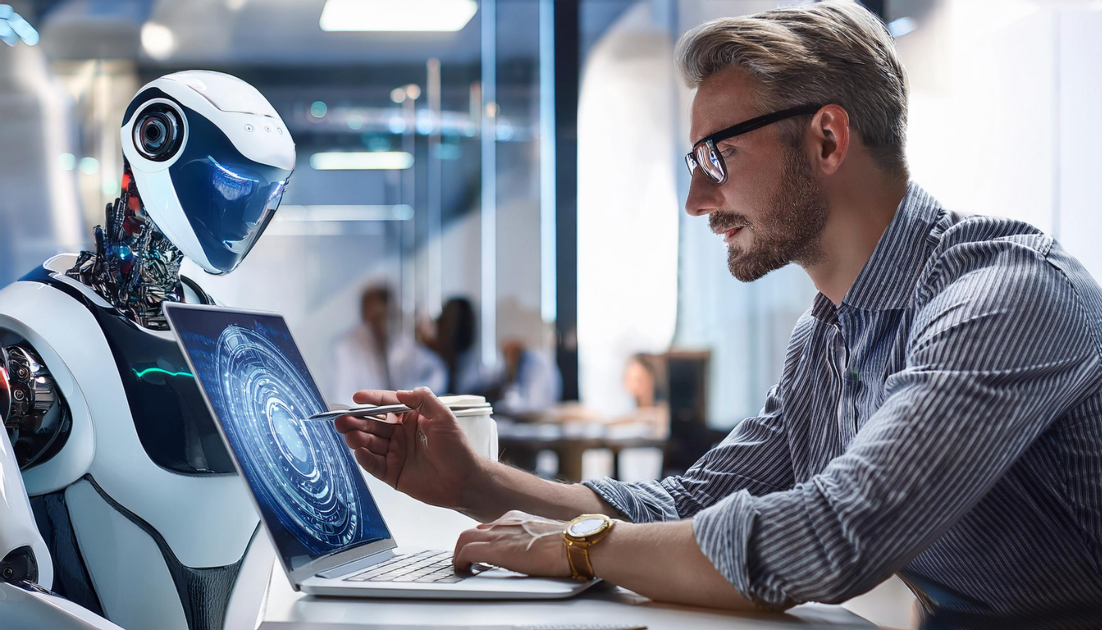
Choose an AI imagery generator
As mentioned earlier, there are a lot of great options to choose from. Try out a few different ones to see which one suits you best. It is a good idea to start with the free versions first.
Create your vision
Once you’ve picked the AI imagery generators you will be using, start thinking about what you want your image to look like. Decide if you are creating something from scratch or working with an existing image. How you approach this might change depending on if it is for personal or professional use. For professional use, you may need to consider factors like your brand identity, target audience, etc.
Write a prompt
Next, write a sample prompt for your AI generator. Some generators let you go back and tweak your prompts, while others don’t. Check out any sample prompts the tool might suggest. Once you’re happy with yours, go ahead and generate it.
Tweak your results and keep experimenting
Once you’ve generated your first draft, you will probably have a chance to tweak and improve your prompt. One of the great things about generated AI imagery is that any “mistakes” can be easily fixed without wasting much time. Unlike traditional methods like painting, drawing or photography, which can take a lot more time and effort to adjust.
Pushing the limits of creativity
AI-generated art is changing the way we think about creativity. Not by replacing human imagination, but by expanding it. With the ability to create endless variations of a single idea, AI makes it easier to experiment and explore new styles. It is giving us the freedom to explore new ideas and break boundaries that would be difficult to make using traditional methods. Plus, it gives us the flexibility to quickly change anything we don’t like, making the creative process faster.
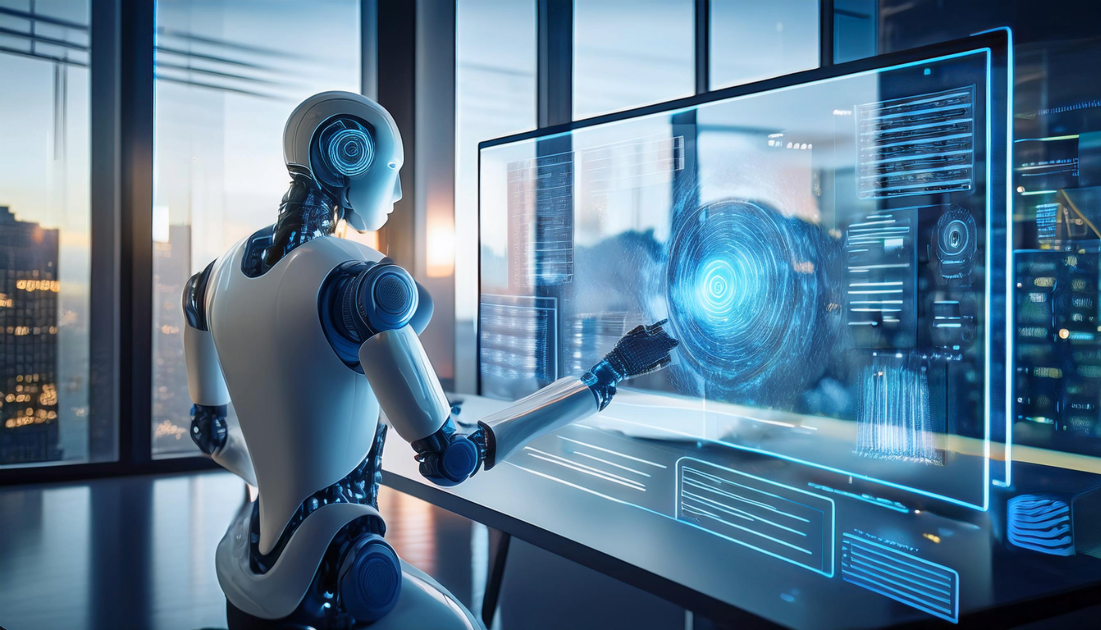
Future of AI imagery
As we enter this new era of visual creation, it is clear that AI will play a big role in transforming the images of the future. The future of AI image creation is both exciting and complex. As technology advances, AI will change how we create and use images. However, we must also consider the ethical and legal issues to ensure AI benefits everyone. You can check out our article on How AI can improve web design and web development for more insights.
As AI-generated images get more advanced, it is becoming harder to tell what is real and what’s fake online. AI can create images or even videos that look so realistic, it is tough to know if what we are seeing is genuine. This could lead to a lot of misinformation, making it harder to trust anything we come across. As AI keeps improving, we might find ourselves questioning everything we see on the internet, from news stories to social media posts.
Conclusion: AI created imagery and art
Some see it as an exciting tool for innovation, while others worry about its impact on originality. But no matter how you feel about it, AI imagery isn’t going anywhere. It is opening up new possibilities, challenging traditional ideas and starting conversations about what it really means to be creative. As a web design agency, we’re excited to explore how AI can enhance our design process. Every image in this blog was created by AI, showing how we can use this technology to bring fresh, creative visuals to web design.
